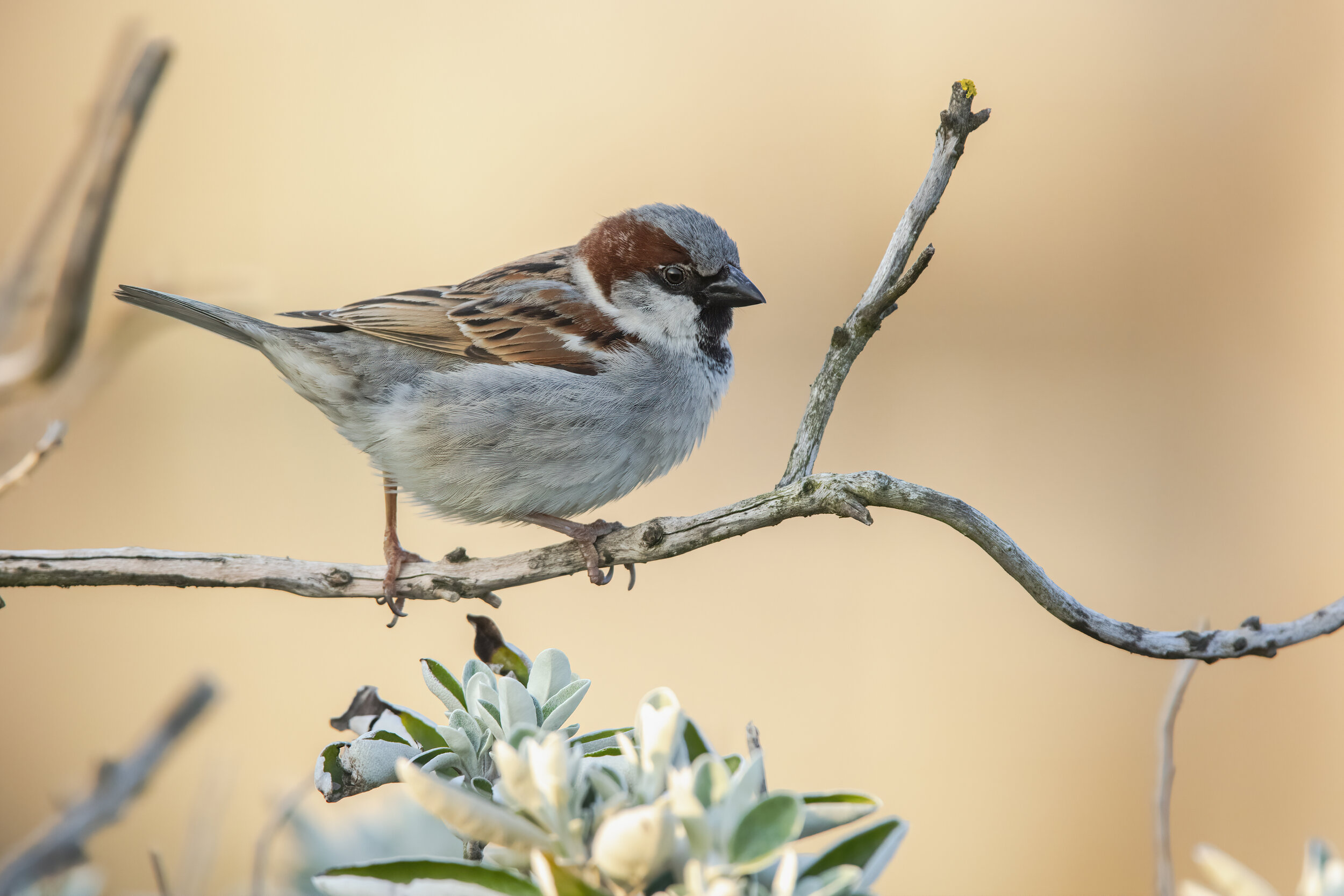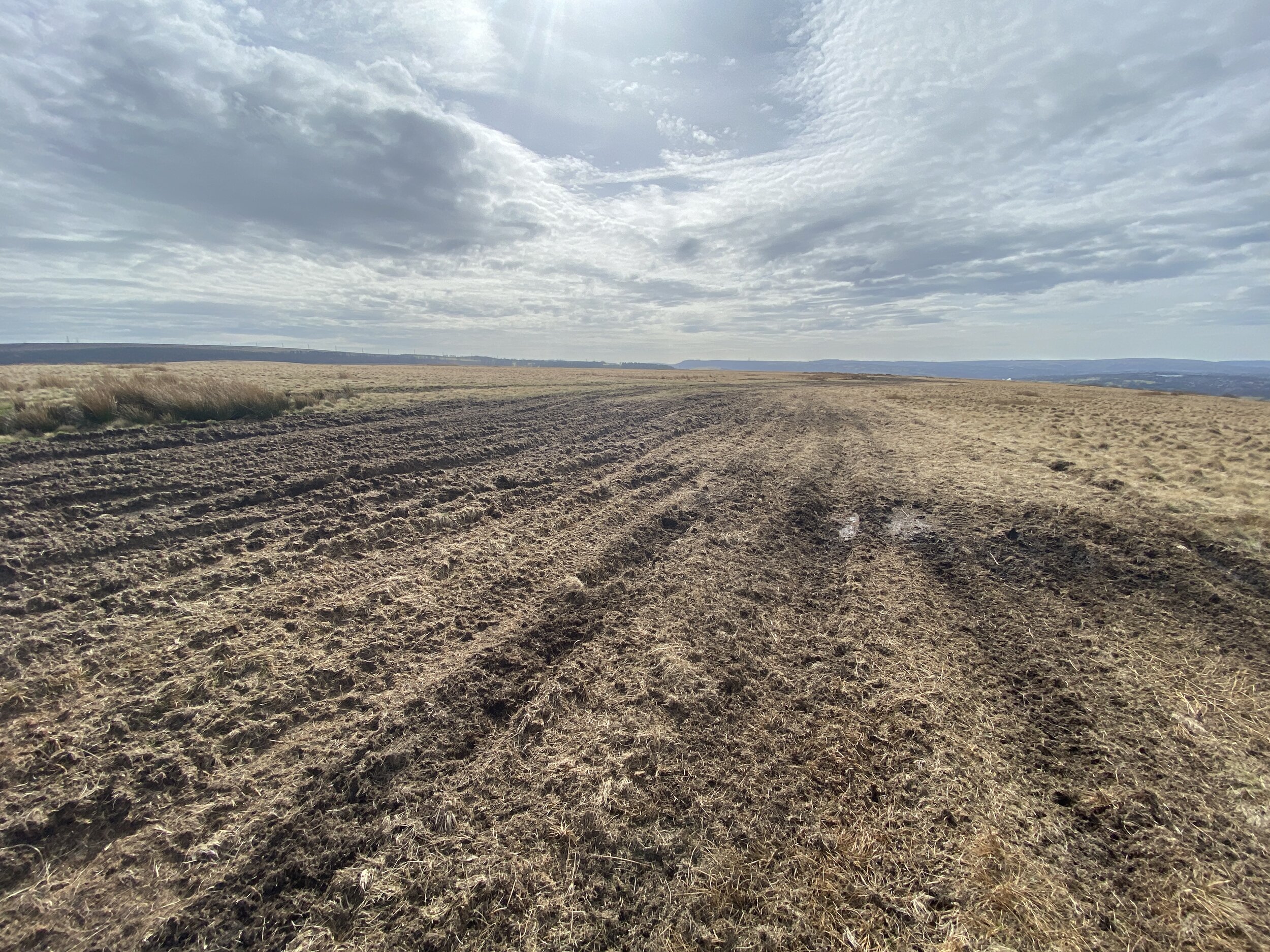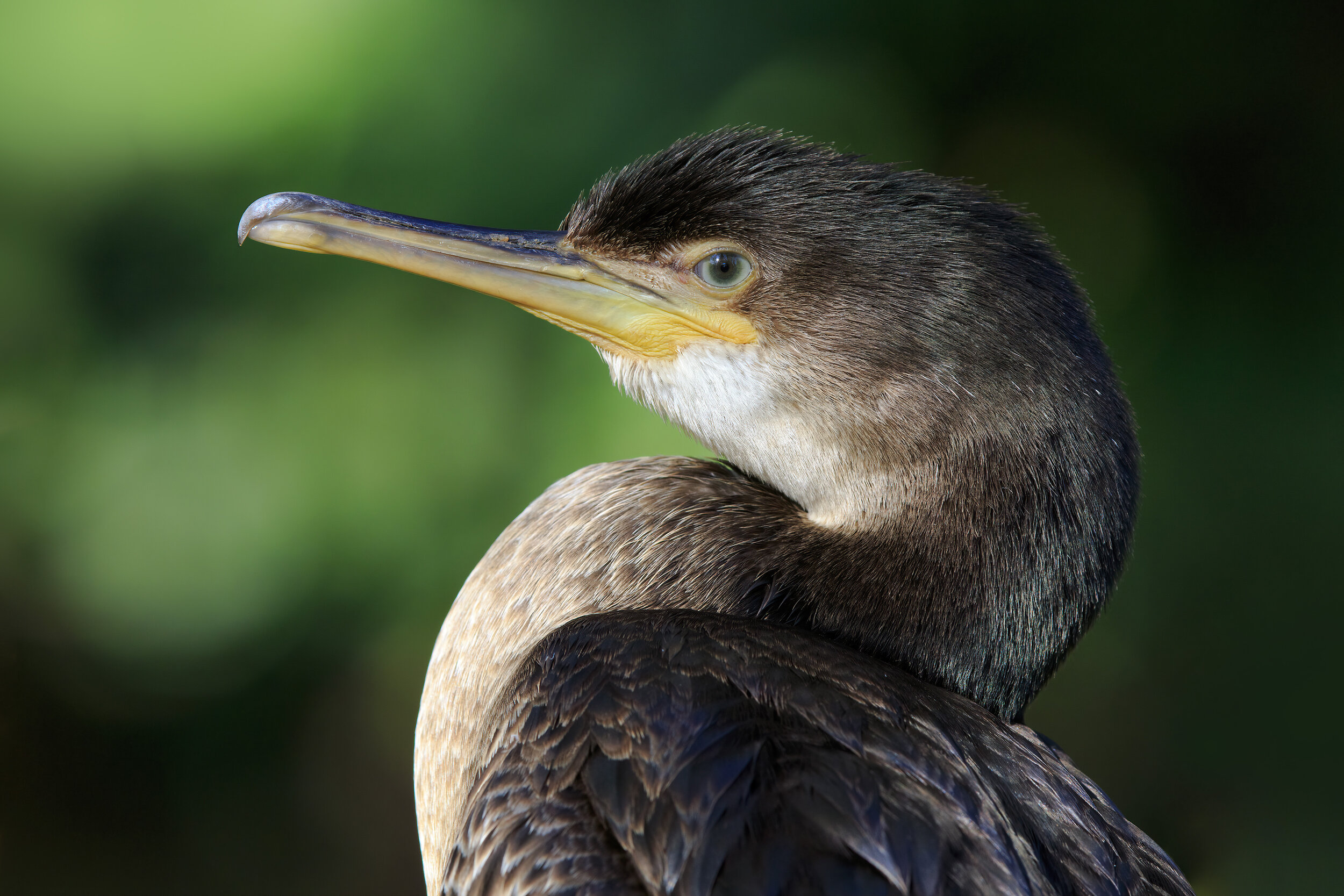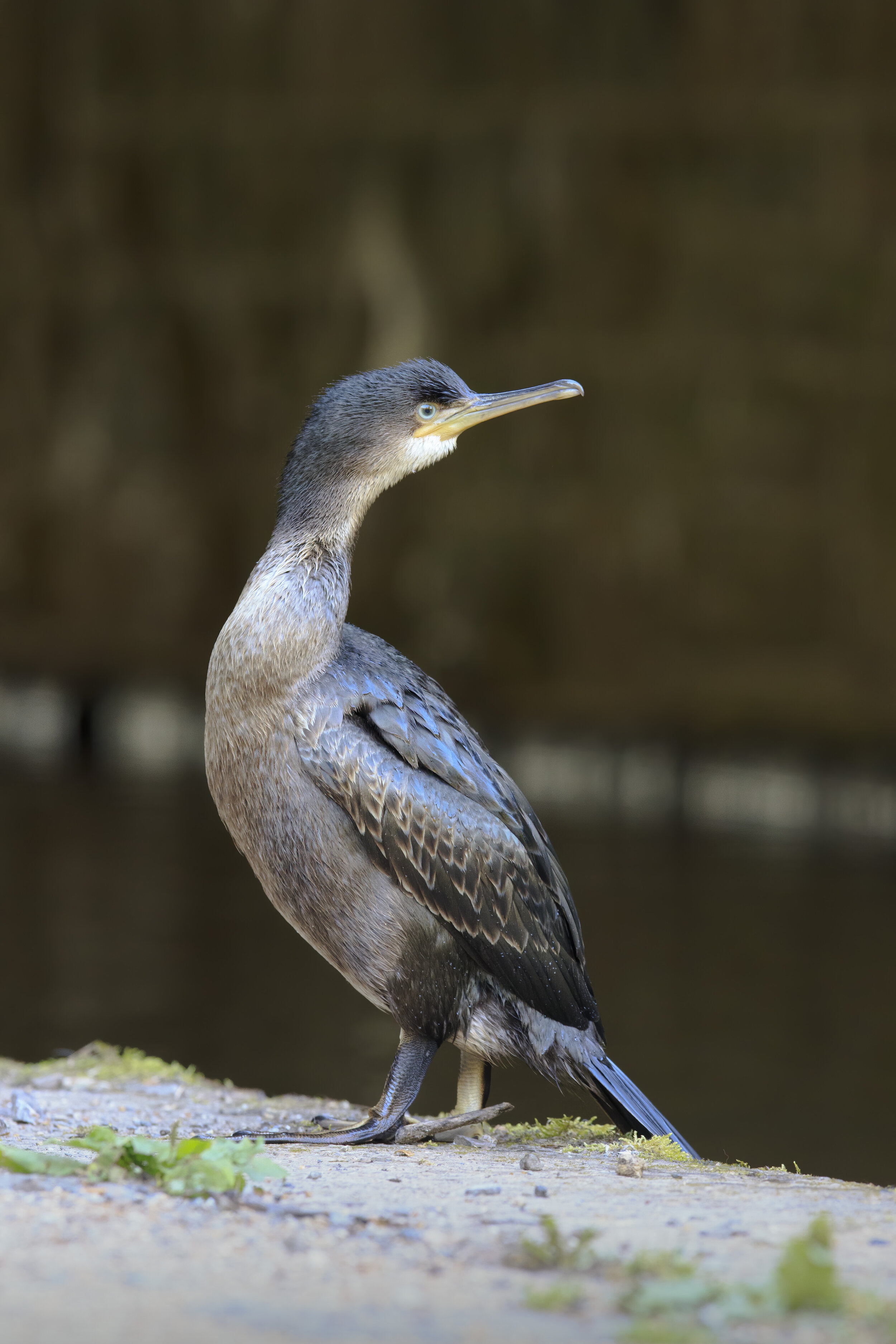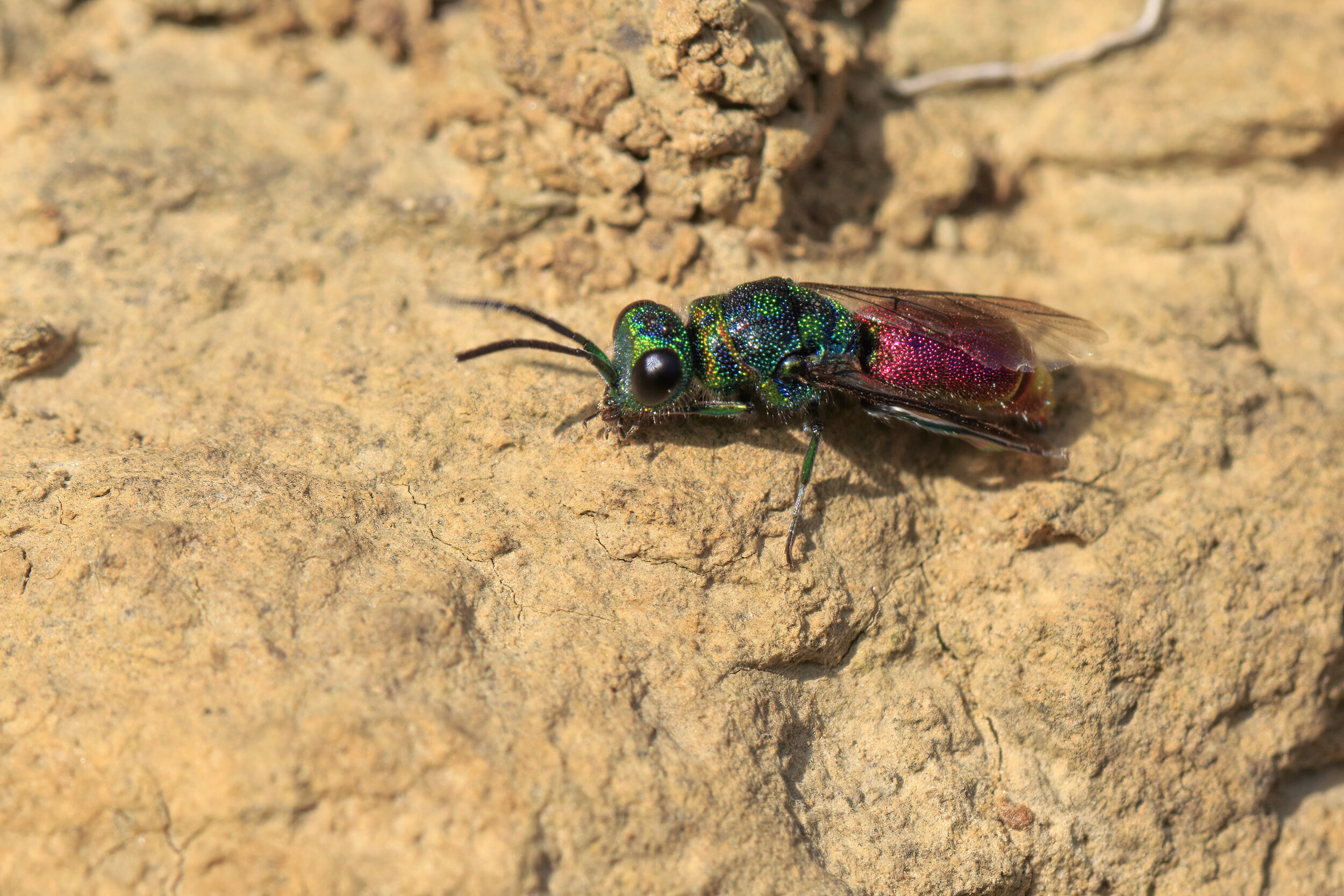Just when you’re having a bad day, struggling to get out the house and motivated due to health reasons, by which time the day is almost gone but I arrived at the north end of Llandegfedd at 3:30pm, to be rewarded with a fishing Osprey right in front of the car park. I didn’t even need to leave the car park as the bird patrolled the perimeter, giving me several hover flights as he hunted the shallows. Moments later a Red Kite flew into the same air space, and it was nice to see the size comparison between the two species. Kites certainly have the bulk but there didn’t look like there was much in the wing length between the two.
I’ve started to turn my attention to our spring bug life, of which there were plenty on the wing during this short lived heatwave. I clocked 24c in my car! and by next week we’ll be experiencing another cold snap with -1 night-time temps. This weather is truly crazy. If that’s not a sign of global warming in April I don’t know what is.
Good to see my local population of Violet Oil-beetles out in good numbers with over 20 adults and plenty of larvae on the lesser celandines. Andrenna Sp. present but not sure what species, not sure if the picture will show enough of it’s features to identify it to Sp.
Sound
I always make the effort to record Yellowhammer when able, not just because they sound amazing but because I’m hoping I one day record a different dialect. The predominant dialect in Wales is XIB but there are small isolated populations that sing different dialect, which might suggest that those birds originate from a different area, possibly even a different country.
It was nice to see a Female out in the open for a change too, as they usually stay hidden, tucked up in the middle of a Gorse bush. You can see how well her rustic colours blend into the twig colours: making them much harder to spot when they’re sitting on the nest.
A few other showy songsters came in the form of a Nuthatch, which is another personal favourite of mine. They have such a rich quality to all of their calls, and they have quite a variety of different song types. This shows two types you’ll likely hear in the spring but it also shows their high pitch squeal call which can catch some people out when heard on its own.
Common species non-the-less, but it’s cool hearing the subtle differences between the Robin’s winter and spring song. Here’s a good example of a spring song, which tends to have more heft behind the lower notes, and less scratchy higher notes.
By far my favourite recording though was of this blackbird, which was at quite the distance away, 20m or so, but thanks to the Schoeps CCM 4 inside the dish, it makes it sound like the microphone is right in-front of it’s bill. I’ve never experienced this level of quality inside a dish before, it honestly sounds like a shotgun recording. Very pleased.
Nocmig
It’s been a mixed bag so far but really please with some of the birds that I’ve got already. Waders are just starting to pour in, with Golden Plover flocks, Curlew, Grey Heron and Little Ringed Plovers, but for me, hearing migrating Blackcap, singing their migratory song, is pretty epic. How on earth these birds navigate the darkness I do not know.
I’m still waiting on confirmation from a few mysteries too, which a probable Bittern and White-front Goose flock, but they’re a bit distant so might have to let those go.










